Blog
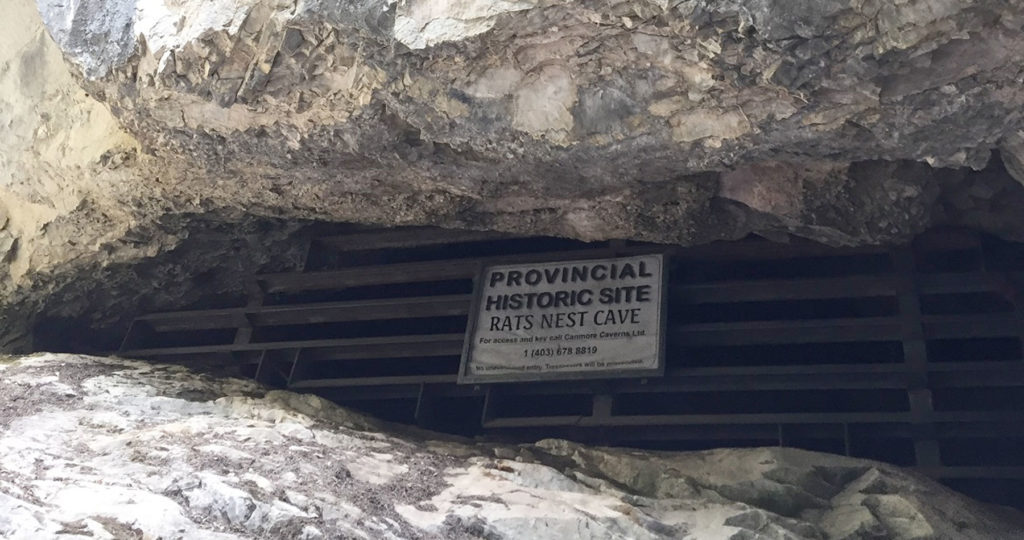
October 9, 2018
Rat’s Nest Cave – Pictographs
Last year I visited a very interesting site located near Canmore, AB. The Rat’s Nest Cave is accessible through the touring company, Canmore Cave Tours, and can be visited all year round. With the help of my guide, Brent, I rappelled 18 m into the cave and squeezed through many tight water carved gaps and
Keep Reading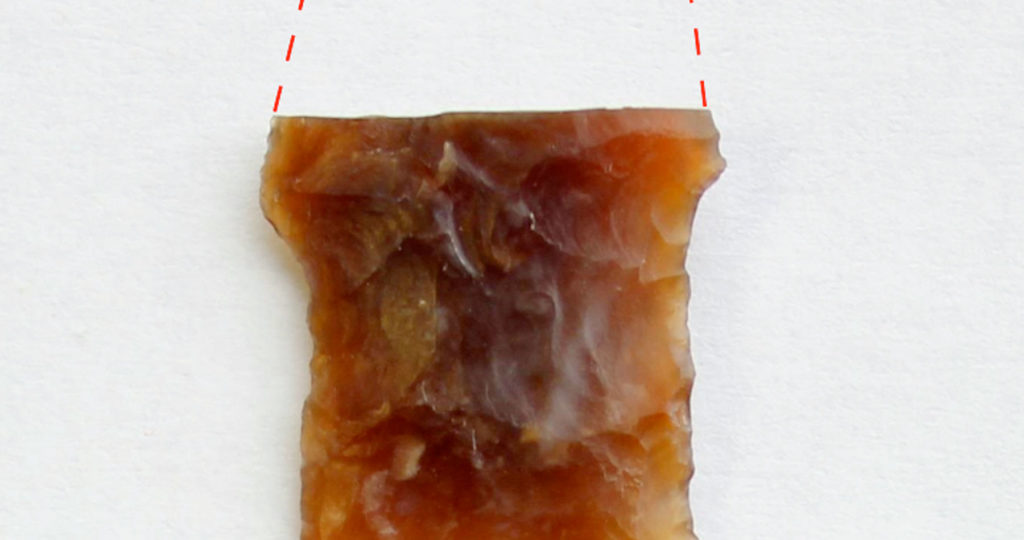
September 25, 2018
Continuity – Buffalo and Sucker Lake Region
Before 2013, archaeological survey in the Sucker and Buffalo Lake regions only identified three sites. In contrast, just 5 km east, in the Logan and Clyde River systems, around 25 sites had been found. This is likely due to the location of developments being surveyed, but it may also reflect older archaeological survey methods. The
Keep Reading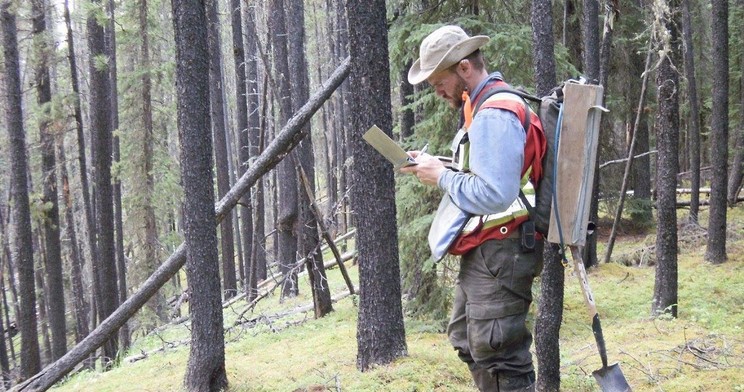
September 11, 2018
Gear Review – Load-Bearing Equipment
Anyone that works all day in the wilderness knows the importance of having a quality piece of Load Bearing Equipment (LBE) that accommodates all the odds and ends that are required of your profession, while being comfortable enough to wear for prolonged periods. LBE comes in a variety of styles, from the standard Cruise Vest,
Keep Reading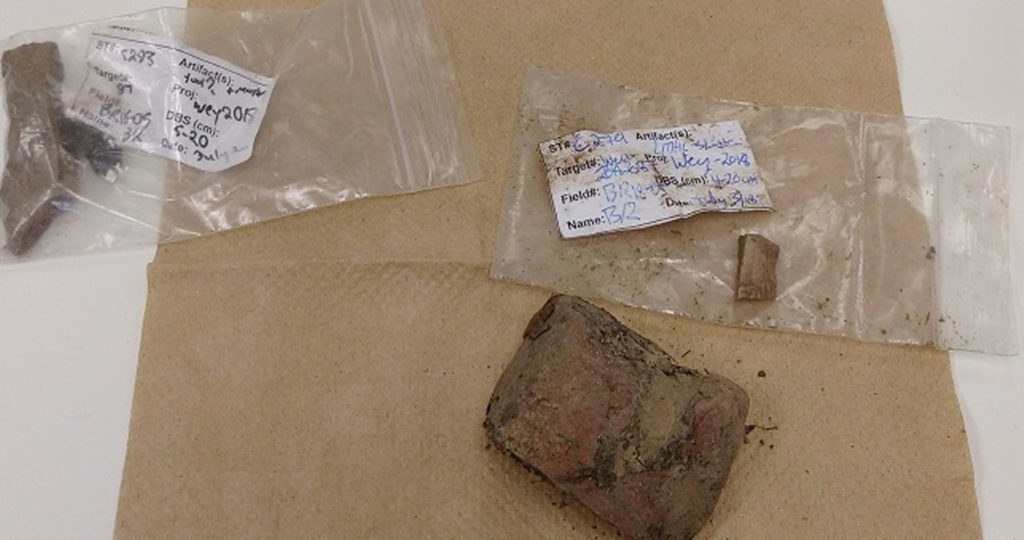
August 28, 2018
Muddy Lab Secrets
The mud we slog through in the field doesn’t always stay in the field. It’s wrapped around a lot of the artifacts we find, and ends up in our sample bags. Once we get back from the field, we start the process of washing all the artifacts. As the sediment is brushed away, some of
Keep Reading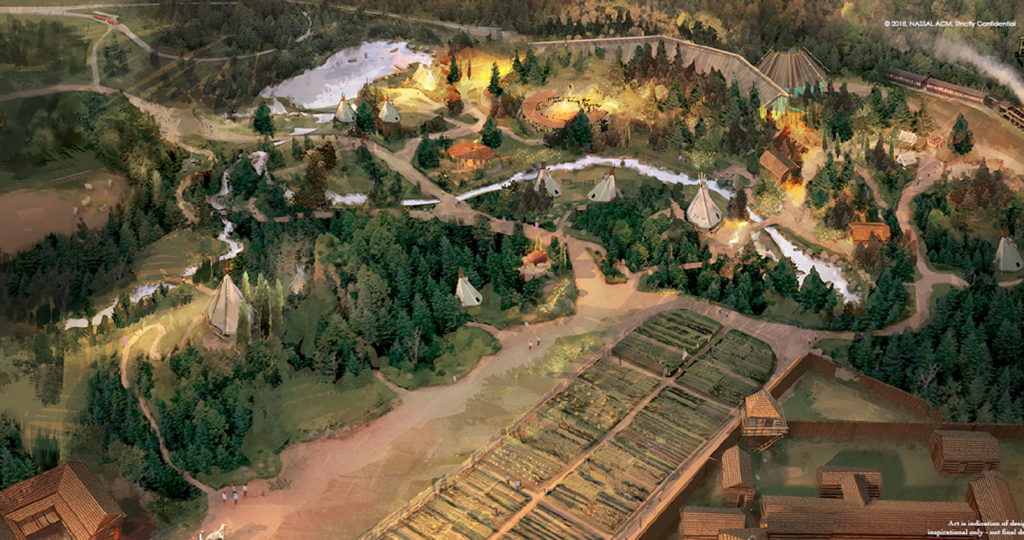
August 14, 2018
Fort Edmonton Park Expansion
As part of the upcoming expansion of Fort Edmonton Park, an Indigenous Peoples Experience exhibit is being added. The multimedia exhibit will educate visitors about the Indigenous histories and cultures of the Edmonton region in an engaging and interactive way. The exhibit will include an outdoor amphitheatre, teepees, campsite recreations, and an indoor arena show.
Keep Reading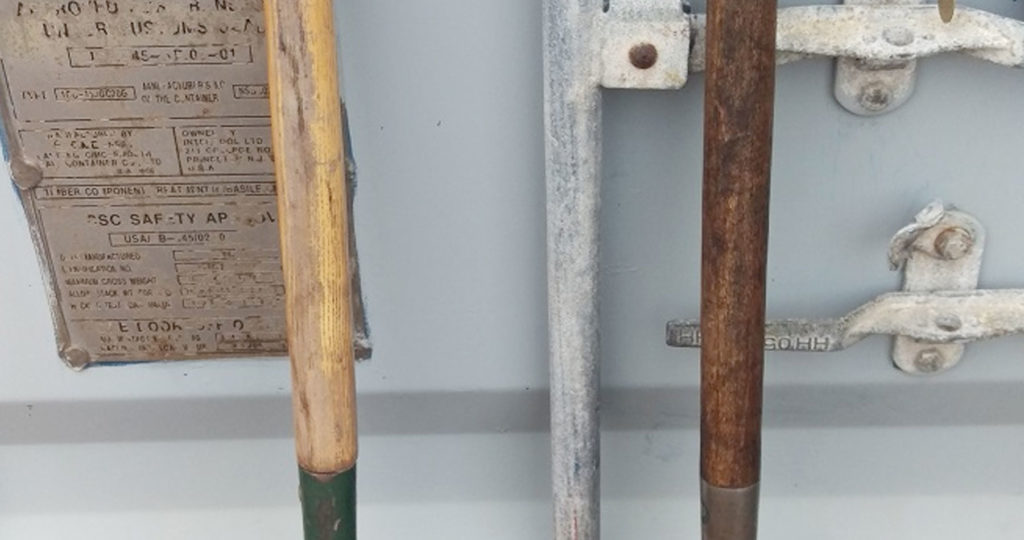
July 31, 2018
Gear Review – Bulldog Spades
As a CRM archaeologist, my shovel is one of my most utilized pieces of equipment. Delicate excavation requires the fine touch that a trowel provides and archaeologists that do a great deal of this type of work are generally very picky about their trowels. Similarly, those of us that spend their days digging test pits
Keep Reading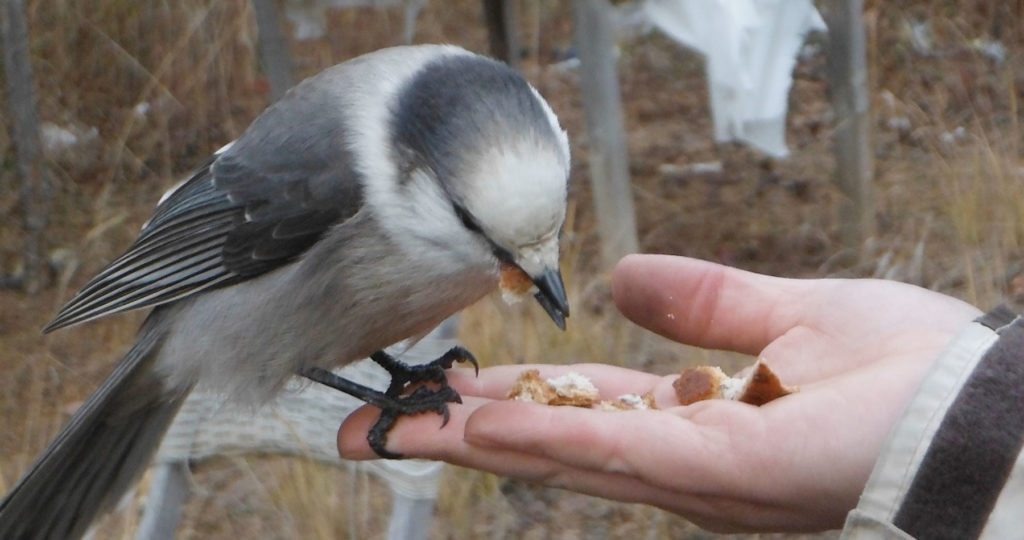
July 18, 2018
The Whiskey Jack!
In 2015 a two year poll was issued by Canadian Geographic for a new National Bird. In the end, our little Grey Jay took the lead, beating out the common loon, black-capped chickadee, snowy owl, and Canadian Goose. Although not officially recognized as the new National bird yet, it was selected as an avian representation
Keep Reading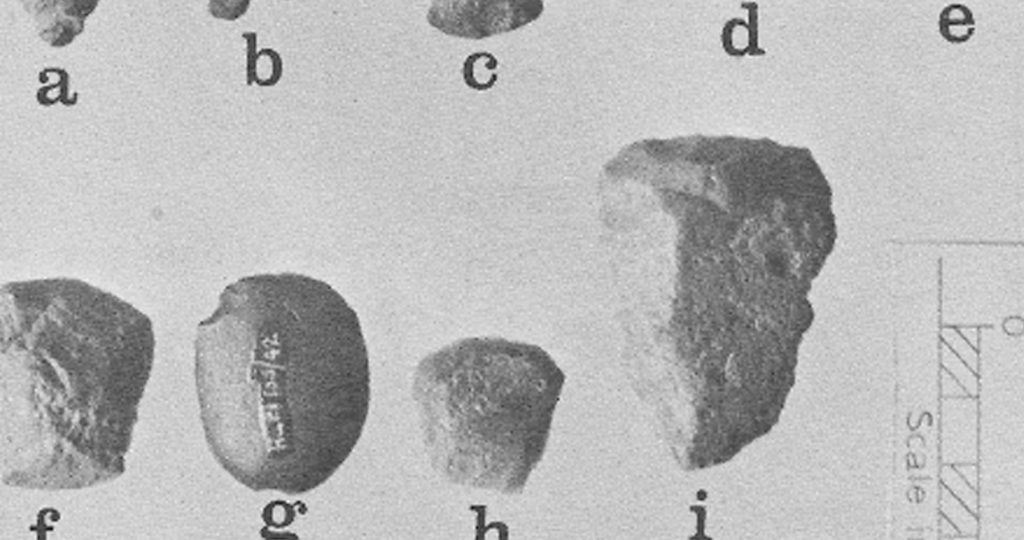
July 3, 2018
The Alook Site – HaPl-1
Although the Wabasca-Desmarais regions is rich in cultural heritage, very few in-depth archaeological investigations have been conducted. HaPl-1, also known as the Alook site, is one of the few sites in the region that has actually been excavated or received any interest past its initial identification. In the 1960s and again in the 1070s, a
Keep Reading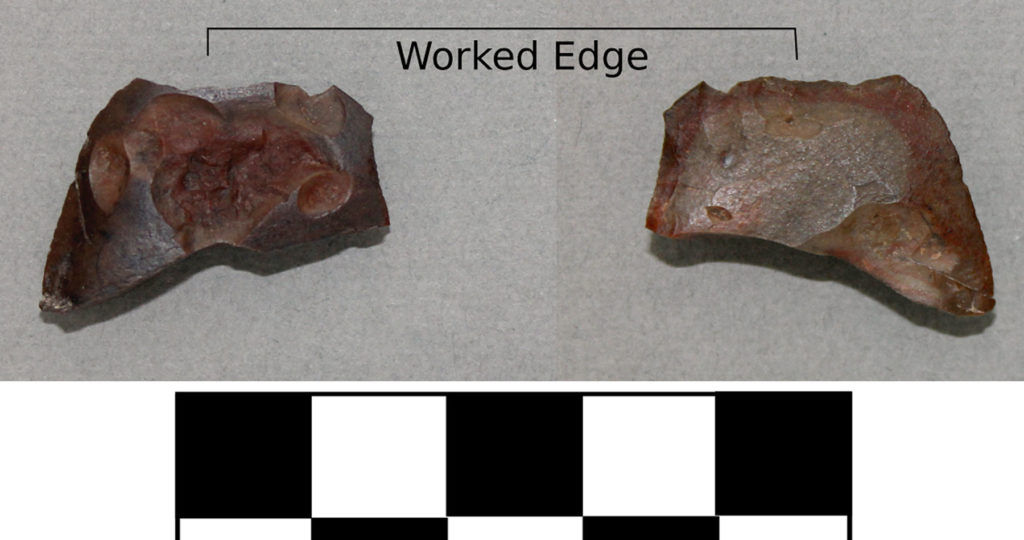
June 19, 2018
Archaeology Around the Wabasca-Desmarais Area
The Wabasca-Desmarais region is rich in heritage of all types, such as archaeological, palaeontological and historic sites and trails. In addition, there are unexplored landscapes that have the potential to contain countless unrecorded sites. Early archaeological research in the area was conducted through government surveys or University funded projects. Over the last 10 to 15
Keep Reading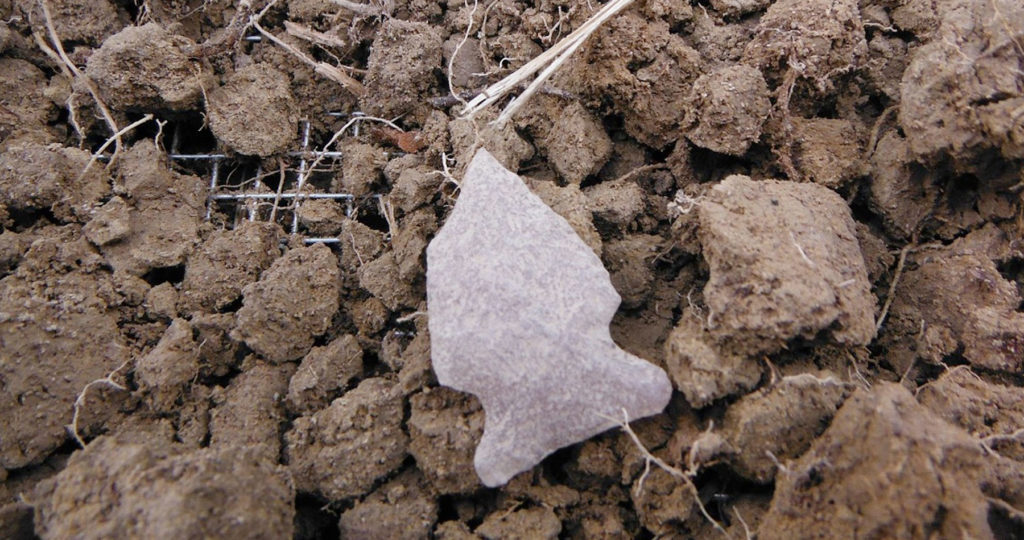
June 12, 2018
What Makes a Site Significant?
During our field seasons we find 100+ archaeological sites every year; however, not every site we find is flagged for avoidance. The decision of whether a site is avoided or approved for impact ultimately comes down to the Historic Resource Management Branch at Alberta Culture and Tourism’s approval of our recommendations. Our recommendations are based
Keep Reading